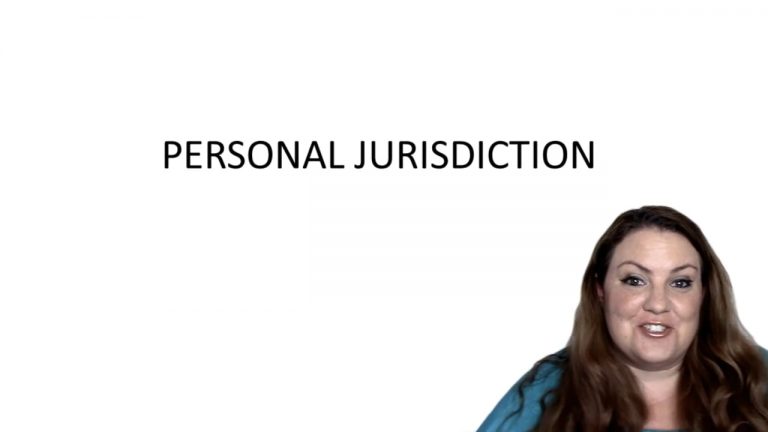Civil Procedure Keyed to Cound
Pennoyer v. Neff

ProfessorBrittany L. Raposa
CaseCast™ – "What you need to know"
Facts
Default judgment was rendered against Plaintiff Neff, a non-resident of Oregon who was not present in that state, in Oregon state court. Plaintiff was not a resident of Oregon and was not personally served with process. Notice was instead attempted through publication alone. Plaintiff’s Oregon property was levied in order to satisfy the judgment and subsequently sold to Defendant, Pennoyer, at a sheriff’s auction. Plaintiff sued Defendant in order to recover the tract of land, claiming the state court did not have jurisdiction to bind Plaintiff to the judgment in the previous action. Defendant claimed to acquire property from sheriff’s deed at an auction. Plaintiff sued Defendant to recover possession of the land. The trial court found in favor of Plaintiff because the affidavit by which Defendant attempted to prove publication was defective. Defendant appealed.
Only StudyBuddy Pro offers the complete Case Brief Anatomy*
Access the most important case brief elements for optimal case understanding.
*Case Brief Anatomy includes: Brief Prologue, Complete Case Brief, Brief Epilogue
- The Brief Prologue provides necessary case brief introductory information and includes:
Topic:
Identifies the topic of law and where this case fits within your course outline.Parties:
Identifies the cast of characters involved in the case.Procedural Posture & History:
Shares the case history with how lower courts have ruled on the matter.Case Key Terms, Acts, Doctrines, etc.:
A case specific Legal Term Dictionary.Case Doctrines, Acts, Statutes, Amendments and Treatises:
Identifies and Defines Legal Authority used in this case.
- The Case Brief is the complete case summarized and authored in the traditional Law School I.R.A.C. format. The Pro case brief includes:
Brief Facts:
A Synopsis of the Facts of the case.Rule of Law:
Identifies the Legal Principle the Court used in deciding the case.Facts:
What are the factual circumstances that gave rise to the civil or criminal case? What is the relationship of the Parties that are involved in the case.Issue(s):
Lists the Questions of Law that are raised by the Facts of the case.Holding:
Shares the Court's answer to the legal questions raised in the issue.Concurring / Dissenting Opinions:
Includes valuable concurring or dissenting opinions and their key points.Reasoning and Analysis:
Identifies the chain of argument(s) which led the judges to rule as they did.
- The Brief Prologue closes the case brief with important forward-looking discussion and includes:
Policy:
Identifies the Policy if any that has been established by the case.Court Direction:
Shares where the Court went from here for this case.
Topic Resources

 18m 35s
18m 35s